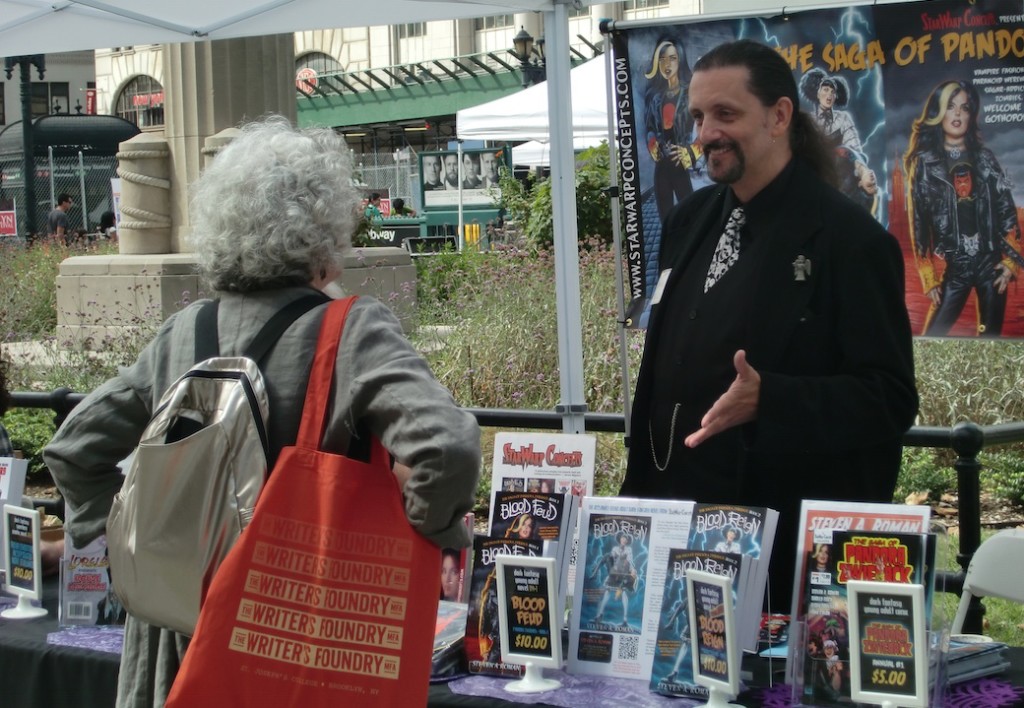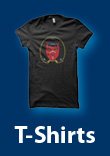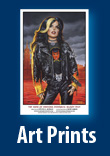The following is the conclusion of a four-part interview that first appeared on the site Write a Revolution, back in 2015, but since WaR is apparently no longer around, I’m presenting it (with some updates) as part of our 30th Anniversary celebration for all those folks who might not have seen it.
In Part 1, I talked about the inspiration behind our succubus comic character, Lorelei, the horror-comic anthology Lorelei Presents: House Macabre, and what possibly distinguishes StarWarp Concepts from other publishers.
Part 2 covered the genesis of our teenaged Goth monster fighter, Pandora Zwieback, and the planning that goes into creating an SWC project.
For Part 3, we discussed publishing matters—marketing strategies, the use of giveaways, and promotional ideas that didn’t quite work out.
Today in the wrap-up, we get into some of the nitty-gritty as to how The ’Warp operates as a publishing company. Enjoy!
WaR: What have you struggled with the most during your adventures in writing and publishing?

SR: Getting recognition for the company and our titles. It’s a cliché that the Internet is just a big void you’re shouting into, hoping to get attention, but it’s true. Conventions help, but like I said earlier, the pandemic sort of threw a monkey wrench into that sort of interaction, for the time being.
WaR: Do you network with fellow writers or self-published authors?
SR: I have friends and other contacts who are writers and self-publishers, and we’re all in the same boat, to varying degrees, all trying to get the word out on our projects. We compare notes on our approaches, and share convention war stories and stuff like that. A mutual commiseration society! (laughs)
Along those lines, one of my friends is writer/publisher J.D. Calderon of Dream Weaver Press, home to the fantasy comics Tall Tails and The Oswald Chronicles. He has a YouTube interview series called Indy Comics Explained, and I’ve made a few appearances on it, the most recent back in December, where the main topic was whether editors are useful for indie comic creators.
WaR: How do you design your covers and/or any illustrations?
SR: When dealing with artists, usually I’ll start off by doing a rough sketch of the composition I’m looking for, and providing them with any reference material they might need. For designers, I’ll sometimes do a rough design of the cover or interior layouts in my Mac’s Pages application, just to give them a starting point they can riff on. Or if I have something particular in mind I’ll say, “No, I want it exactly like this, but with a professional finish to it.” The cover for Lorelei Presents: House Macabre, for example, was meant to emulate 1970s and ’80s DC comics; if you look closely, you can see an “Approved by the Monsters Code Authority” seal in the upper right-hand corner.
I try not to waste artists’ or designers’ time with a game of “I’ll know it when I see it”—that approach just winds up pissing everyone off. Doing it the way I do seems to work out just fine; a few of the artists have even told me I’m one of the best art directors they’ve ever worked with.
WaR: Do you format your own eBooks or outsource?
SR: For the PDF versions of StarWarp’s books, comics, and graphic novels that are sold through the company website and online retailers like DriveThru Comics and DriveThru Fiction, I have my designers deliver a version of the print files, with the covers combined with the interiors.
However, the Pandora Zwieback novels get mass distribution and require separate file formats for Kindle, Nook, and Smashwords (who distribute to Apple, Kobo, and Scribd), so I outsourced them to an e-book conversion company called 52Novels. All I had to provide them with, other than a Word doc file of the manuscript, was the design material I wanted to carry over from the print versions—front cover, title page, house ads—and they put it all together. I was really happy with the work they did on Blood Feud, and they’re great people to work with, so I went back to them with Blood Reign and in all likelihood will continue to use them.
WaR: Do you find the overall process of publishing a book an easy one or especially difficult?
SR: It was difficult starting out because I had to learn the process on the fly, but strangely enough that tends to be the method I’m most comfortable with: just jumping right in and figuring it out as I go. It was the same way I got started in comics publishing, back in ’93, except for the book market I was able to rely on books like Dan Poynter’s Self-Publishing Manual and Self-Publishing for Dummies for guidance. And I had some familiarity with the ins and outs of the industry, having been an editor for ten years at a New York publishing house called ibooks, inc. (no relation to Apple’s iBooks).
What made the process of reinventing StarWarp as a book publisher a bit easier was in hiring the designers I worked with at ibooks, inc., so I’d be working with people I knew, and who were familiar with my methods. The rest of the business stuff, though, was up to me.
WaR: What are you working on next?
SR: Well, 2023 is StarWarp’s 30th anniversary year, so we’ve got a number of books and comics in the works—not to mention our first Kickstarter campaigns—but I’ll hold off from making announcements until they’re a little more developed. All I can say is, stay tuned!






